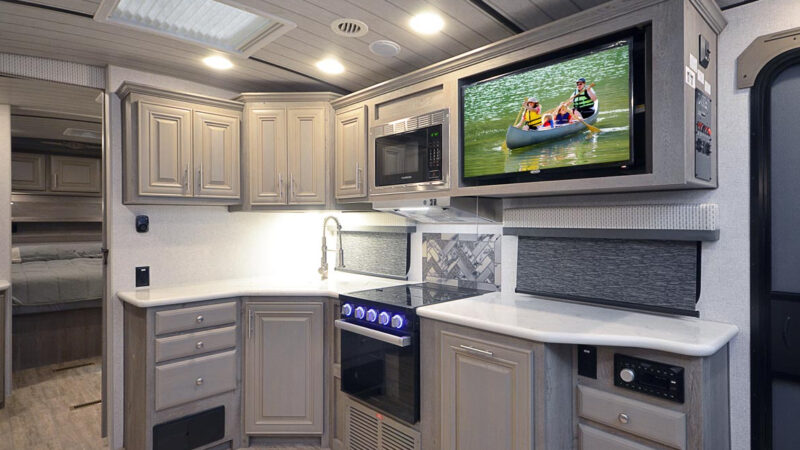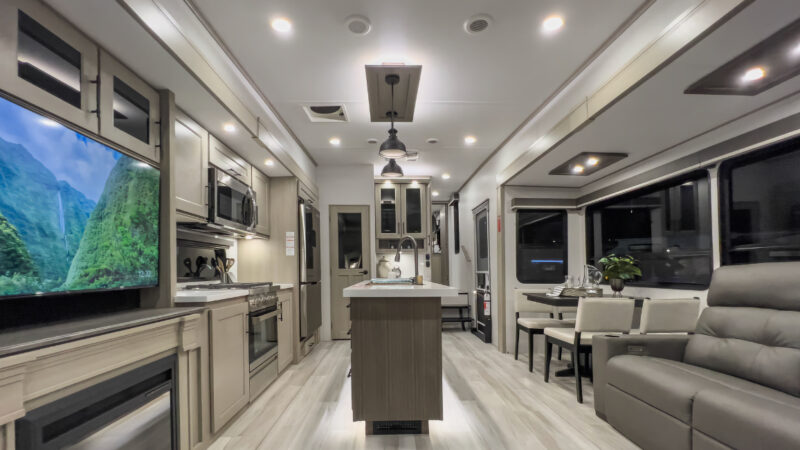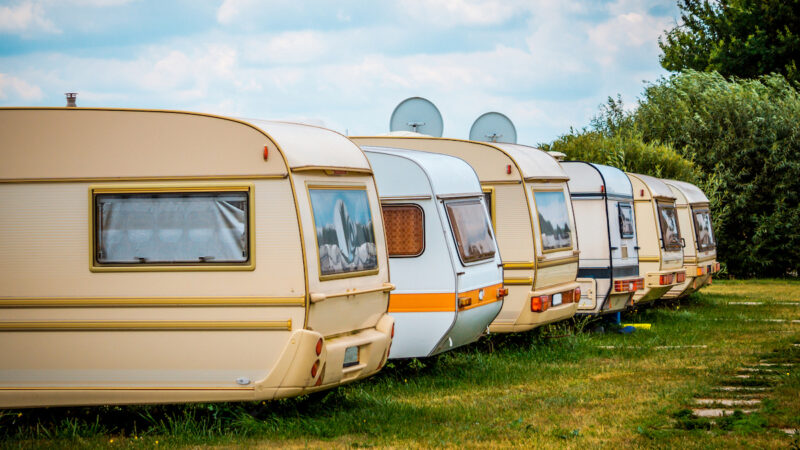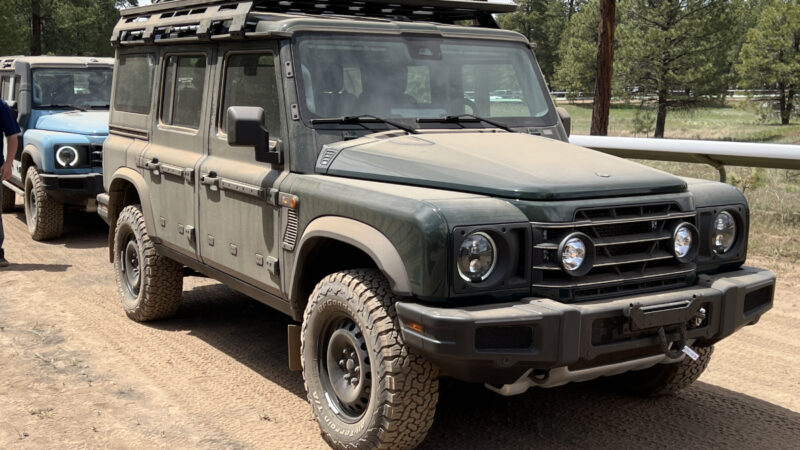Know-How: Taking it on the Road
Q: What are the keys to installing the most stellar home-audio system in an RV set up for full-time travel?
A: First and foremost, consider how you usually camp. If you normally connect to campground power, you’ll have plenty of the 120-volt AC juice that home audio systems require. In that case, you have more leeway to choose whatever you want.
However, if your full-time RV vision includes dry camping, without hookups, your power supply brings more limitations. If you’re running only from the coach battery pack, you’ll be seriously limited—either short running times or lower wattage draws, unless you have a large battery bank, such as four golf-cart batteries or lithium batteries. If you have a few hundred watts of solar-panel capacity, this should allow higher-wattage amplifiers in sunny weather. But there are other considerations.
When running on battery power, the 120-volt, 60-hertz AC power required by your audio system must come from a power inverter. These must be matched to your battery capacity and power demands. Power inverters come in two major types: modified sine wave, which have a choppy AC output, and full sine wave, which have a smooth AC output and are required by electronic components. You’ll need a high-quality inverter. Likewise, if you run off a generator, you will need one with a smooth AC output (such as an inverter generator).
One other note: It can be challenging to run wiring to audio components in an RV, especially because there is no attic, and the wall construction limits wire snaking. Typically, wires are run through cabinets, underneath storage compartments and beneath the floor. Car stereo shops can help with this. Also, remember to consider the neighbors! Many campgrounds cluster RVs close together, and loud music may not make you friends (especially during quiet hours!).
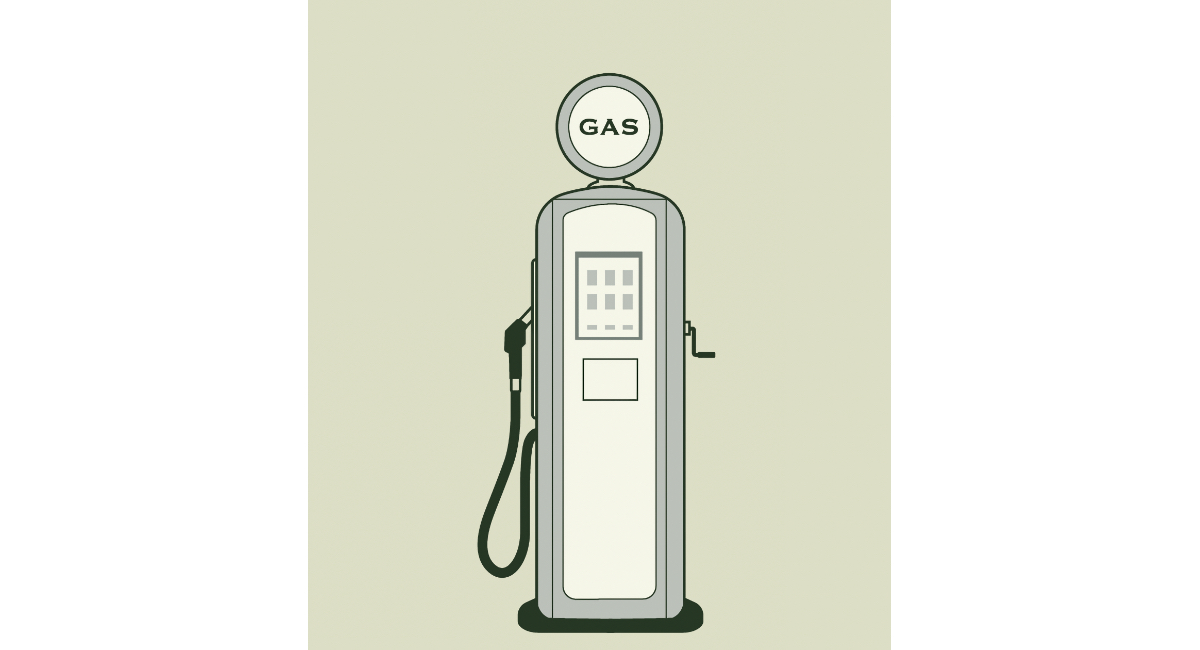
Illustration by Todd Detwiler
Q: What’s the most important technical characteristic to look for in a vehicle for full-time RVing?
A: Depends on how widely you plan to roam. If the whole continent is on the agenda (or something close to that), fuel efficiency will probably be what you want to focus on. RVs aren’t known for great fuel economy. Gas can run to hundreds of dollars per day if you travel long distances with a large, heavy rig. For best mileage, shop for RVs that have more fuel-efficient powertrains, such as turbo-diesels, with transmissions that have many forward gears. When it comes to motorhomes, larger Class C models on the more fuel-efficient Sprinter and Transit chassis can work out well for couples and families with small children.
Trailer enthusiasts may find that the recent crop of full-sized pickups with thrifty diesel engines and smaller turbocharged gasoline engines (such as Nissan, Toyota, Ford F-150, GM 1500 and Ram 1500) may have enough towing capacity for your needs. Most of these trucks have tow ratings between 8,000 pounds and—in the case of the highest of the group, the 2024 Ford F-150—14,000 pounds when properly equipped.
This tow-rating weight range will include most popular travel trailers up to about 30 feet long and some even longer. Fifth-wheel trailers put about 15 to 18 percent of the trailer’s weight on the hitch (whereas conventional hitch travel trailers typically put 10 to 12 percent of their weight on the hitch). For this reason, many larger fifth-wheel trailers have too much hitch weight, which may exceed the rear-axle capacity on this class of pickup. Folks who like more space and carrying capacity will probably prefer the higher-rated Ford F-250, 2500 GMC/Chevy, or Ram (or even heavier models), although fuel mileage may be lower.
If you plan to full-time while staying in one region for long periods, you’ll probably want slide-out rooms and lots of storage space. In this case, look for RVs designed for four seasons, with plenty of insulation for cold weather, unless you plan to stay in warmer southern regions all the time. Double-pane windows, heated holding tanks and other features designed to make winter camping comfortable and convenient go a long way in making full-time RVing a pleasant lifestyle.

Illustration by Todd Detwiler
Question From the Field: Sanitizing a Freshwater Tank
We have a 2015 Mobile Suites 36RSSB3 fifth-wheel trailer. When we’re parked for an extended period and connected to public water, I keep our freshwater tank full. I do this to have a backup water supply, just in case of an emergency, such as if the public water service is interrupted. (We have had this happen!) How long will water keep in the freshwater tank? Should I have any concerns about the water going bad or becoming contaminated? Is there anything I should consider doing to the tank before I fill the tank to store my backup water supply?
— William Turner, Livingston, Texas
A: If the tank was clean and the water quite clean and chlorinated when it went into the tank, it should be good for quite a while. In general, RV freshwater tanks should be sanitized at least once every six months to be sure there is no mold, mildew, algae or bacteria buildup. Microbes grow slower in cold water than in warm temperatures. Living in a warm part of Texas, I would add a quarter cup of unscented chlorine bleach (containing 4 to 6 percent sodium hypochlorite) per 15 gallons of water about once a month. If you want to use a commercial product, consider Camco TastePURE Spring Fresh water-system cleaner and deodorizer or Thetford Fresh Water Tank Sanitizer.
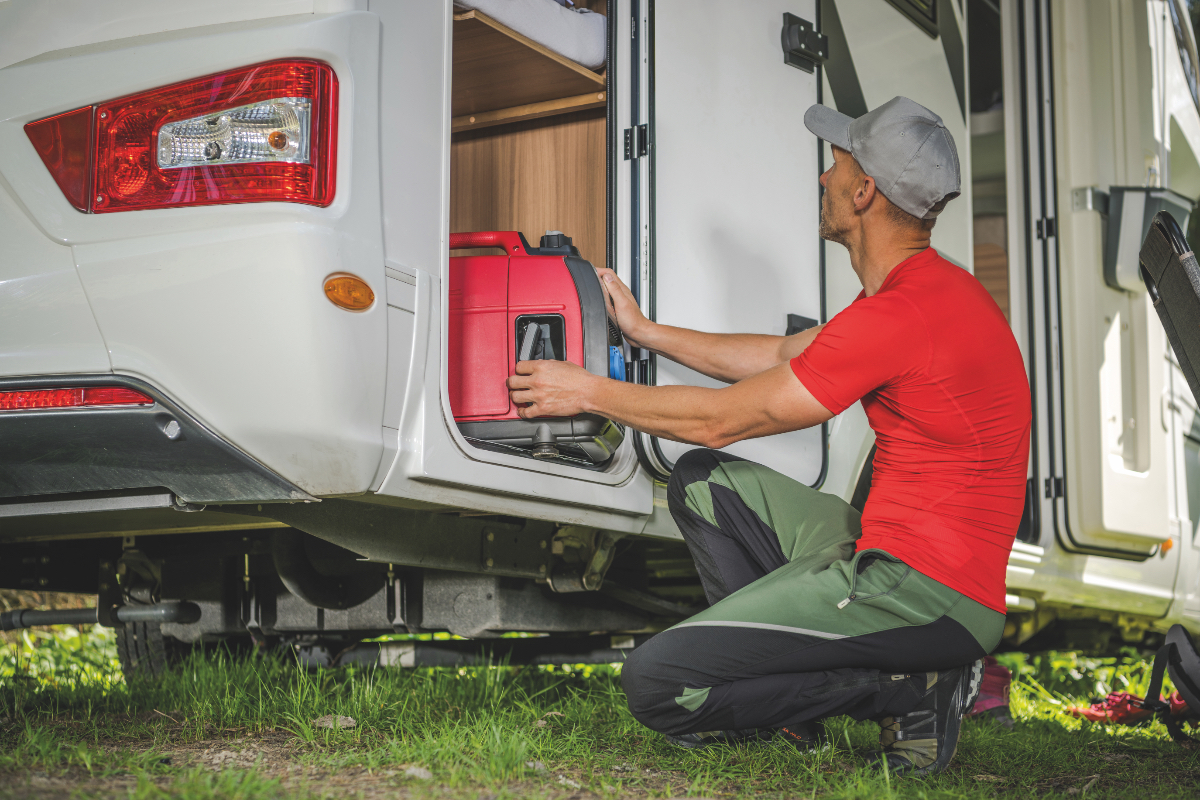
Photo Credit: Getty
Deep Dive: The Checklist
Whether you’re dusting off your long-time ride for travel season or setting out for your first RV journey ever, always do these things:
- Get Your Freshwater System Ready to Use: Before setting out on a trip, check over your freshwater system. If you will be dry camping, fill up the tank ahead of time. Switch on the water pump and open the faucets one at a time, checking for flow and pressure. Light the water heater and test its operation.
- Get Your Generator Ready to Work: Check the oil level and replace the oil and filter if it’s due for service. Note how many hours the genset has on it and log any maintenance done. Check the fuel filter and air filter element and clean or replace as needed. Exercise the generator for about 30 minutes with a load on it.
- Check Your Batteries and Prep Them for Use: Most RV batteries are deep-cycle, lead-acid types. Inspect and clean the battery terminals and ensure they are tightened securely. Remove the filler caps (if equipped) and fill cells to the prescribed level using distilled water. Lithium, gel-cell and maintenance-free types excepted. If batteries seem weak, charge them and have them load-tested.
- How Old are Your Tires?: Tires deteriorate over time and should be replaced after about six years. Tires have date codes stamped into the sidewall. Look for “DOT” followed by up to 13 characters. These identify the tire, and the last four digits indicate date of manufacture. The first two digits are the week of manufacture, and the last two are the year. For example, 0224 would indicate the second week of 2024.
- How Much Air Pressure Should Be in Your Tires? Use Load-Inflation Tables for Safety: Most tow vehicle and motorhome tires are designed to be inflated to different pressures depending on the load placed on them. Weigh the axles on a truck scale, noting individual weights. Refer to a load-inflation table designed for the specific tire (available on tire manufacturer websites). Inflate according to the weight on each tire.
ASK US ANYTHING! Share your tech tales and send your questions to: [email protected].
This article originally appeared in Wildsam magazine. For more Wildsam content, sign up for our newsletter.
The post Know-How: Taking it on the Road appeared first on RV.com.
Source: https://www.rv.com/servicing-care/know-how-taking-it-on-the-road/


